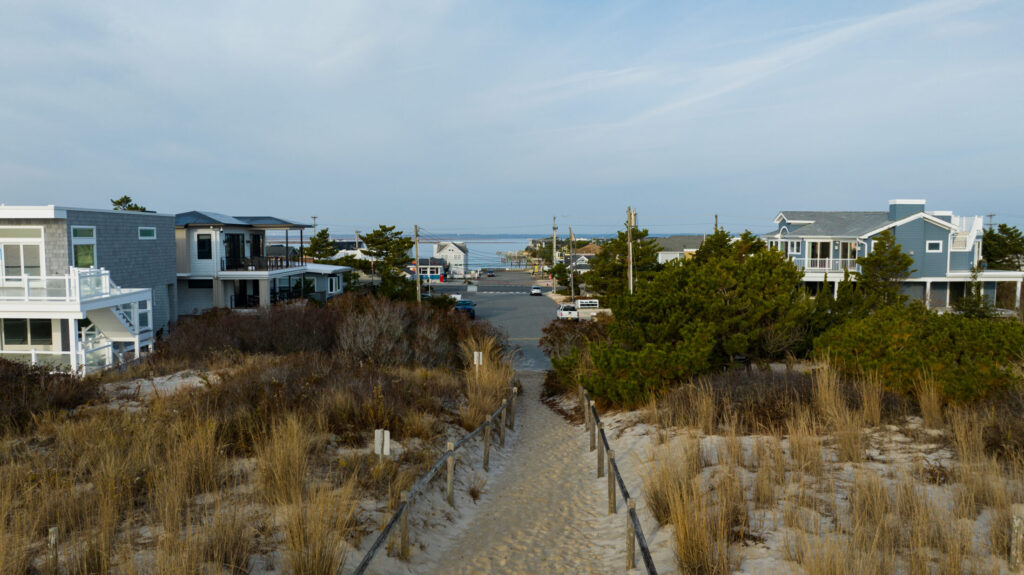Long Beach Island is a long-time beloved beach vacation destination. However, the island’s delicate coastal environment makes it subject to various environmental regulations aimed to preserve its natural beauty. One of the most significant of these regulations is the Coastal Area Facility Review Act (CAFRA), which governs development along the Jersey Shore.
If you’re planning to build, renovate, or participate in any type of development of bayfront or oceanfront property on LBI, it’s extremely important to understand CAFRA regulations and how they pertain to your property.
So, What Is CAFRA?
The Coastal Area Facility Review Act (CAFRA) is a New Jersey state law designed to protect the state’s coastal areas from overdevelopment and environmental degradation. The act was established to balance development with the preservation of the coastline to ensure that activities along the shore don’t harm the environment or public access to coastal resources.
CAFRA regulations apply to both public and private development projects along the state’s coastline, and they are administered by the New Jersey Department of Environmental Protection (NJDEP). To put it simply, CAFRA seeks to preserve the natural character of New Jersey’s beaches, wetlands, and dunes, while still allowing for growth and development of the area.
Why Does CAFRA Matter on LBI?
Long Beach Island’s miles of coastline and unique ecosystems make it very vulnerable to the environmental impacts of development. The island is home to delicate habitats, such as dunes, wetlands, beach grass, and others which help protect the area from erosion and other environmental threats.
Since LBI is also a popular destination for seasonal tourists and residents, the challenge is balancing the need for economic development with the goal of protecting the island’s ecosystem. This is where CAFRA comes in. By enforcing strict development guidelines, CAFRA helps ensure that the environmental integrity of Long Beach Island remains intact, while still allowing for commercial and residential development.
Projects that may require a CAFRA permit include:
- New construction of residential, commercial, or industrial properties
- Major renovations or expansions to existing buildings
- Alterations to coastal features, such as dunes or seawalls
- Changes to land use, such as converting a residential property to a business or vice versa
- Installation of structures, such as piers, decks, or bulkheads
In some cases, minor projects (such as small residential renovations or landscaping changes) may not require a CAFRA permit, but it’s always best to consult with your local realtor or the NJDEP to confirm whether your project falls under these regulations.
Learn more about your future home
How To Get A CAFRA Permit
If your project on LBI requires a CAFRA permit, there are several steps you must follow:
1. Pre-Application Consultation: Before submitting your application, it’s recommended that you schedule a consultation with NJDEP or local officials. This can help clarify what is required and identify potential issues early in the process so you’re not left with an avoidable headache later down the road.
2. Permit Application: The next step is to submit an application to the NJDEP, outlining the scope of your project, its potential environmental impacts, and the steps you’ll take to minimize harm to the coastal environment. This application may also require an environmental impact statement, which assesses how the proposed development will affect the local ecosystem.
3. Public Notice and Comment: CAFRA permits typically require public notice and a comment period, allowing the community and environmental groups to voice their opinions or concerns about the project. Public feedback can sometimes lead to modifications in the project to address environmental or community concerns.
4. Review and Approval: After the application and public comments are reviewed, the NJDEP will make a determination. If the project meets the CAFRA guidelines, a permit will be issued. In some cases, conditions may be attached to the permit to ensure environmental protection.
5. Ongoing Compliance: Once approved, the developer must adhere to the conditions of the CAFRA permit throughout the construction and operation of the project. Non-compliance with CAFRA regulations can lead to penalties, including fines or the revocation of the permit.
Understanding CAFRA and its regulations is essential for anyone looking to develop property on Long Beach Island. While it may seem like a complex and possibly daunting process, with the guidance of a local realtor and a CAFRA consultant it can be successfully navigated . Whether you’re planning a commercial development, a residential project, or even a simple renovation, it’s important to familiarize yourself with CAFRA requirements early in the planning process, not only to avoid setbacks, but also to help preserve the integrity and beauty of the beaches which we love so much!



